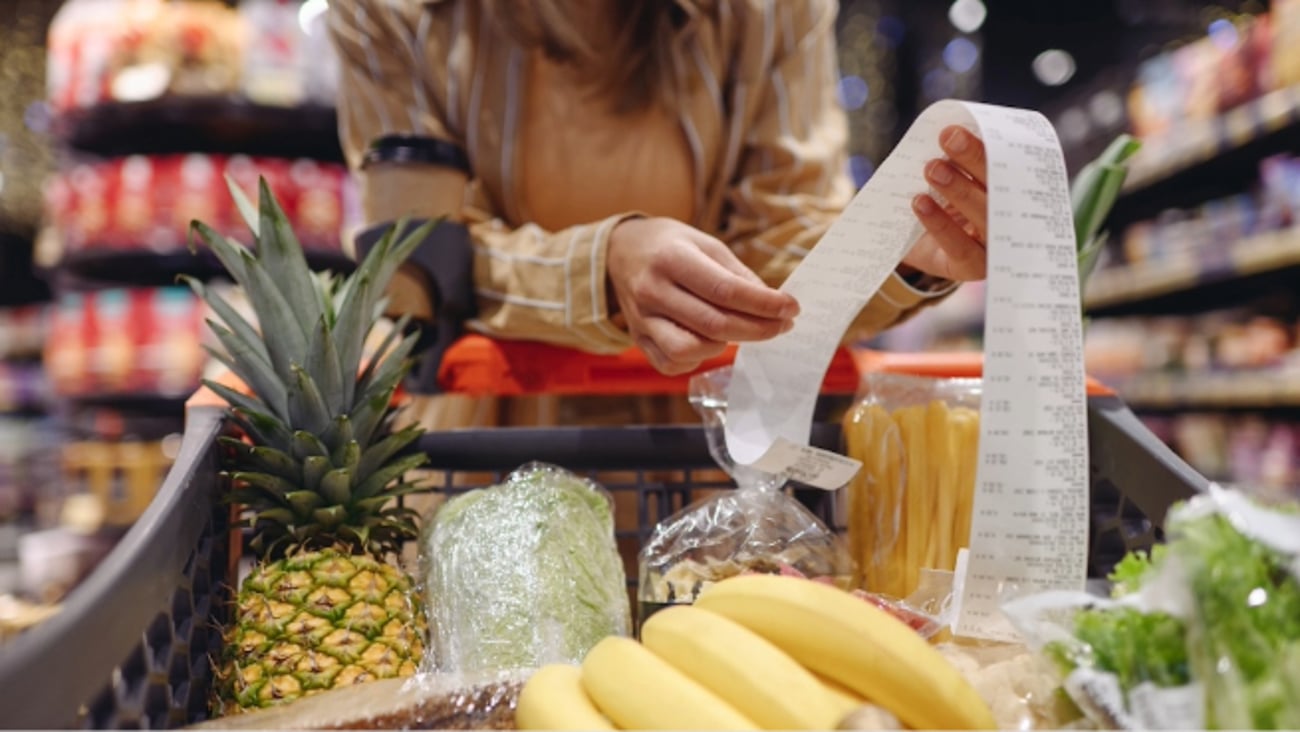Federal budget highlights agri-food--but there's one big miss
Spending is the strategy and green is the colour of choice. The environment is front, left and centre in the latest federal budget. Everybody is getting something to get more environmentally focused, well almost.
While taxpayers will not get a break anytime soon, the federal government’s footprint in our economy will grow substantially over the next few years. However, these are not normal times. Despite record deficits, most Canadians will see this budget as a parenthesis, buying time before things get back to some sort of normalcy. Someone will have to pay for all this, but that doesn't seem to matter right now.
Ottawa delivered what most were expecting, and agri-food is getting its due share as well.
The carbon tax became a problem for farmers who had little or no option to reduce emissions. With a carbon tax likely increasing to $170 a metric ton by 2030, drying grains will become more expensive. However, the government has set aside $50 million to help farmers buy more efficient dryers. previously, farmers did have access to agri-stability and agri-investment programs to support the purchase of greener energy, but the Feds clearly want to make a statement.
Broadband internet is getting more funding, again. Increasing capacity to allow for communications to be more efficient in remote areas should be a priority, especially in the wake of COVID. Canada is a vast land that needs all the connections it can get, and more investments for farmers and people seeking a country lifestyle is welcome.
But, the budget did miss one massive target. Over the last few months, Ottawa has been incredibly generous with farmers in supply management, setting aside more than $2.7 billion over several years in compensation for hypothetical losses incurred by trade deals with Asia, Europe and the United States. However, for the year 2021-2022, food processors impacted by trade deals are set to get $1 million. That's it. Food processors will simply loose market share to competitive products from around the world. This will be seen by processors, especially in dairy, as a pure insult.
Once again, Ottawa did not forget those left behind by the pandemic, which is good news. The budget will provide $140 million to top up the Emergency Food Security Fund and the Local Food Infrastructure Fund to strengthen our food security. While most economists agree consumers will start spending again, a growing consensus is that we are looking at a K-shaped recovery. While some will do well, others will suffer. Supporting not-for-profits and food banks should be a priority.
More than $20 million will be spent on getting rid of interprovincial trade barriers, which disproportionately impacts regions outside Ontario and Quebec. Again, a nice thought, but this is a complicated issue. Only time will tell if trades within our own country will become easier than it is trading with other countries.
Finally, the federal budget signalled the government’s intention to negotiate lower credit card transaction fees. This will help food retailers and, yes, restaurant and other small business owners purposefully forgotten by Ottawa in the last 14 months. However, lowering credit fees will be as challenging as getting rid of interprovincial trade barriers. It's a pipe dream, but at least Ottawa’s heart is in the right place.




